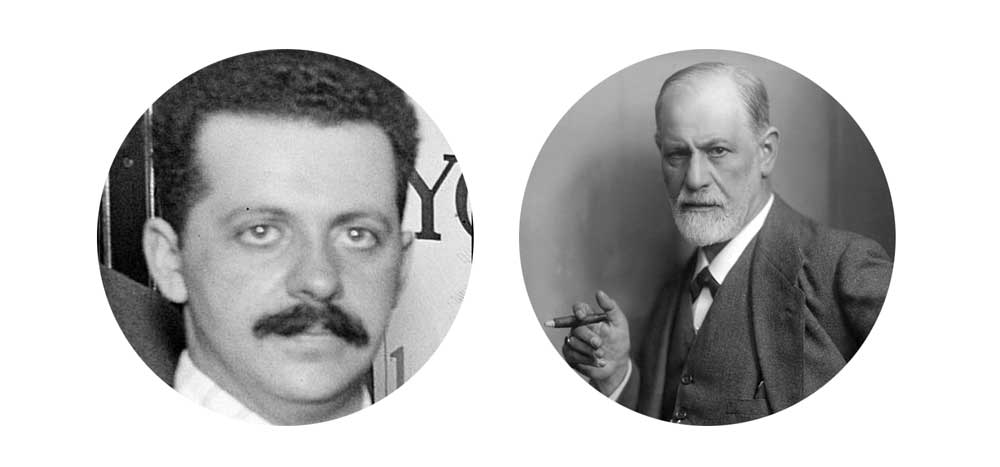What’s your marketing’s S.T.A.R? And why does it matter?
Looking back, I was quite the brand ambassador as an 80’s kid. I vividly remember repeatedly reciting the likes of;
“They’re grrrrrrrrrrreat!”
“Makes the milk choc-latey”
“TRRRRRREEEEEEOH! TREEEEEEEeeeeeOH!”
These propositions caught on then. And they’re still clinging on to my brain cells some 35 years later, where I find myself creating similar slogans and creative marketing for my clients.
On closer inspection, the principle that these slogans and campaigns absolutely nailed was simple;
entertainment is the credit that buys you time to educate your prospect.
However, let’s not confuse ‘entertainment’ as just quirky slogans from tigers and chimps selling breakfast cereals.
By its very definition, to entertain is to “give attention or consideration to (an idea or feeling)”. In order to entertain we have many tools at our disposal; empathy, empowerment, humour, etc.
For me, this is the holy grail of marketing. To steal and divert the brain’s attention in order for it to consider a product or service.
And herein lies the importance of the hook, the slogan, the distinctive brand proposition – or as the headline’s acronym eludes ‘Something They’ll Always Remember’. These few words can be both the bang of the silver bullet – that grabs the brain’s attention – and the bullet’s slug that lodges itself in the grey matter for future influence and action.
And to prove my point, I want to tell you about a three-word creative marketing proposition that changed women’s history. A three-word S.T.A.R proposition that entertained through empowerment.
Most of you have likely heard of Sigmund Freud – the father of psychoanalysis. But his lesser-known nephew, Eddie, is this article’s main protagonist. Being the ‘Father of <insert word here>’ must’ve run in the family because Eddie Bernays was, as his obituary called him “the father of public relations” and his 1999 biography coined him “The Father of Spin”.

Young Eddie Bernays and Uncle Sigmund
Eddie was quite the go-to man back in the day. Being called on by brands and presidents alike. Although, unlike Coolidge and Hoover, he turned down Nixon as a ‘client’. I mean, there’s no helping some.
Rewind forty-three years before Watergate. It’s 1929 and the taboo of women smoking is quite the problem for Bernays’ client – The American Tobacco Company. At the time, their president even described the revenue opportunity “like opening a gold mine right in our front yard.”
After tasking Eddie with the challenge of opening said goldmine, Bernays turned to one of his Uncle Sigmund’s students who suggested that cigarettes would represent ‘torches of freedom’ for women whose desires were suppressed by their role in the modern world. For Bernays, the phrase was perfect. He recognised instantly the S.T.A.R factor in ‘torches of freedom’. But like all marketing, Eddie needed distribution. And lots of it.
Bernays capitalised on the packed streets of New York’s Easter Sunday Parade and orchestrated an all-female mock protest march. However, as well as a few bucks and a packet of fags, ‘the Father of Spin’ told the women to only light up and proudly puff at a specific location on the parade. Why? Because he’d not only choreographed the women’s march, he’d also paid the press and photographers to be in exactly the place their so-called ‘torches’ would be lit.
His plan worked.
The women puffed.
The paparazzi papped.
And the ‘torches of freedom’ campaign – that equated smoking in public with female emancipation – spread like wildfire.
The phrase stuck.
The taboo of women smoking in public was well and truly extinguished.
And the gold mine in American Tobacco Company’s front yard well and truly opened. Prior to the march, women accounted for 5% of cigarettes sold. In 1929, that percentage jumped to 12%. And in 1935 almost a fifth of smokers were women.
At the heart of this campaign’s success wasn’t just a spin doctor’s tagline. The insight and creativity behind those three words drove them deep in the prospect’s mind. And, as the results show, for many, those three words changed behaviours.
As orchestrated as it was (what marketing isn’t?) ‘Torches of Freedom’ and the women’s march was seen as a protest for equality that’s still recognised globally to this day.
This is why marketers shouldn’t underestimate the power of a value proposition with S.T.A.R quality.
As marketers, we can wax lyrical for hours about marketing communications, creative branding, diagnosis, strategy and tactics etc. But let’s be honest, out on the front line, your prospect has very little time for your thinly-veiled sales messages. So giving them ‘Something They’ll Always Remember’ about your brand is extremely powerful.
That said, your prospect won’t remember your S.T.A.R if it’s meaningless. Torches of Freedom resonated because (for its target market) it represented a protest for equality.
So to wrap up, I’ll leave you with the latest brand proposition that’s burrowed itself into my brain.
When I first saw Deliveroo’s tagline, I couldn’t wipe the Cheshire Cat’s grin from my hungry chops. The double meaning of this S.T.A.R line is fabulous…
“Food. We get it.”
Sure, it’s not going to provoke a march, but it did what all marketing should do… entertain to educate.

Genius brand proposition (imho)
Baz Richardson is the Founder & Creative Director of
Bravo Creative
